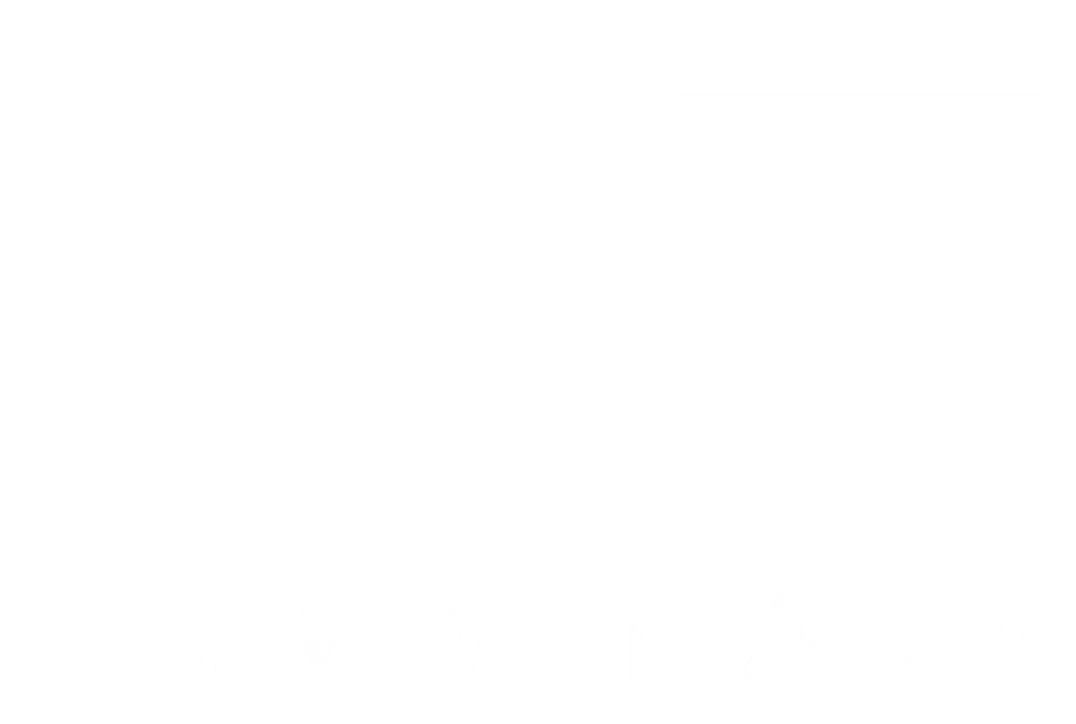This post argues that the industry’s shift towards observability, while addressing critical issues in forensic analysis, has inadvertently created a dangerous operational blind spot. In the relentless pursuit of collecting sufficient data to comprehend all that has transpired, the discipline has systematically devalued and undermined the tools and practices essential for understanding the present moment. The very function responsible for real-time situational awareness—monitoring—was not designed to address contemporary challenges but was instead subsumed and effectively abandoned, resulting in a critical capability gap.
Category: SRE
The Situation Room of the Known Unknown
In the drive to “observe all the things,” we’ve built comprehensive pipelines that churn out terabytes of data. Yet data alone isn’t understanding. Without context, without synthesis, even the most powerful observability suite is just a loudspeaker blaring noise.
Observability is about (to) Change
At its heart, observability is about change. Without change, there's nothing to observe. A static system, frozen in time, offers no insights. Time itself is meaningless without change—it’s merely a measure of movement, of transformation. A clock ticks because its hands move; atoms vibrate. Change is the pulse of existence. So, when we talk about observability, we’re exploring how we perceive and interpret change within the systems we design.
AIOps – SignOps + TaskOps
Organizations adopting AI for cloud operations face a critical evaluation of AIOps approaches. While recent advancements in AIOps frameworks standardize AI agent evaluation and enhancement, they risk a dead-end relying on conventional observability models lacking semantic depth. Service Cognition principles should form the AIOps foundation for truly autonomous cloud operations.
Service Cognition – Quantitative to Qualitative
Organizations are drowning in an ocean of metrics. Every click, interaction, and transaction generates quantitative data points, creating vast repositories of numbers that promise insights but often deliver confusion. The challenge isn’t just the volume of data – it’s the fundamental question of how to transform these raw metrics into meaningful qualitative understanding.
Bounded Observability
Reducing and compressing measurements is critical, which is much helped by representations extracted from the environment via hierarchical boundary determination. When this is not done automatically, what happens then is that the custom dashboard capabilities of the Observability solution need to be used to reconstruct some form of structure that mirrors the boundaries all but lost in the data fog. Naturally, this is extremely costly and inefficient for an organization.
The Data Fog of Observability
The overemphasis on data instead of signals and states has created a great fog. This data fog leads to many organizations losing their way and overindulging in data exploration instead of exploiting acquired knowledge and understanding. This has come about with the community still somewhat unconcerned with a steering process such as monitoring or cybernetics.
Change in Observability
Observability is effectively a process of tracking change. At the level of a measurement device, software or hardware-based, change is the difference in the value of two observations taken at distinct points in time. This change detection via differencing is sometimes called static or happened change. Observability is all about happenings.
A Situational Control Tower
It is time for new direction closer aligned to goals, focused more on the dynamics of systems that humans are already highly adapted to with their social intelligence, within which situation is a crucial conceptual element of the cognitive model. Understanding and appropriately responding to different social situations is fundamental to social cognition and effective interpersonal interactions.
Observability: Disruptions
Disruptions are one factor affecting the maintenance of service quality levels. A disruption is an interruption in the flow of (work) items through a network that can, for a while, make it inoperable or where the network flow performance is subpar. Depending on the severity of the disruption, a network may need to replan and restructure itself for a period afterward. There are two main categories of disruptions: disturbance and deviation.
